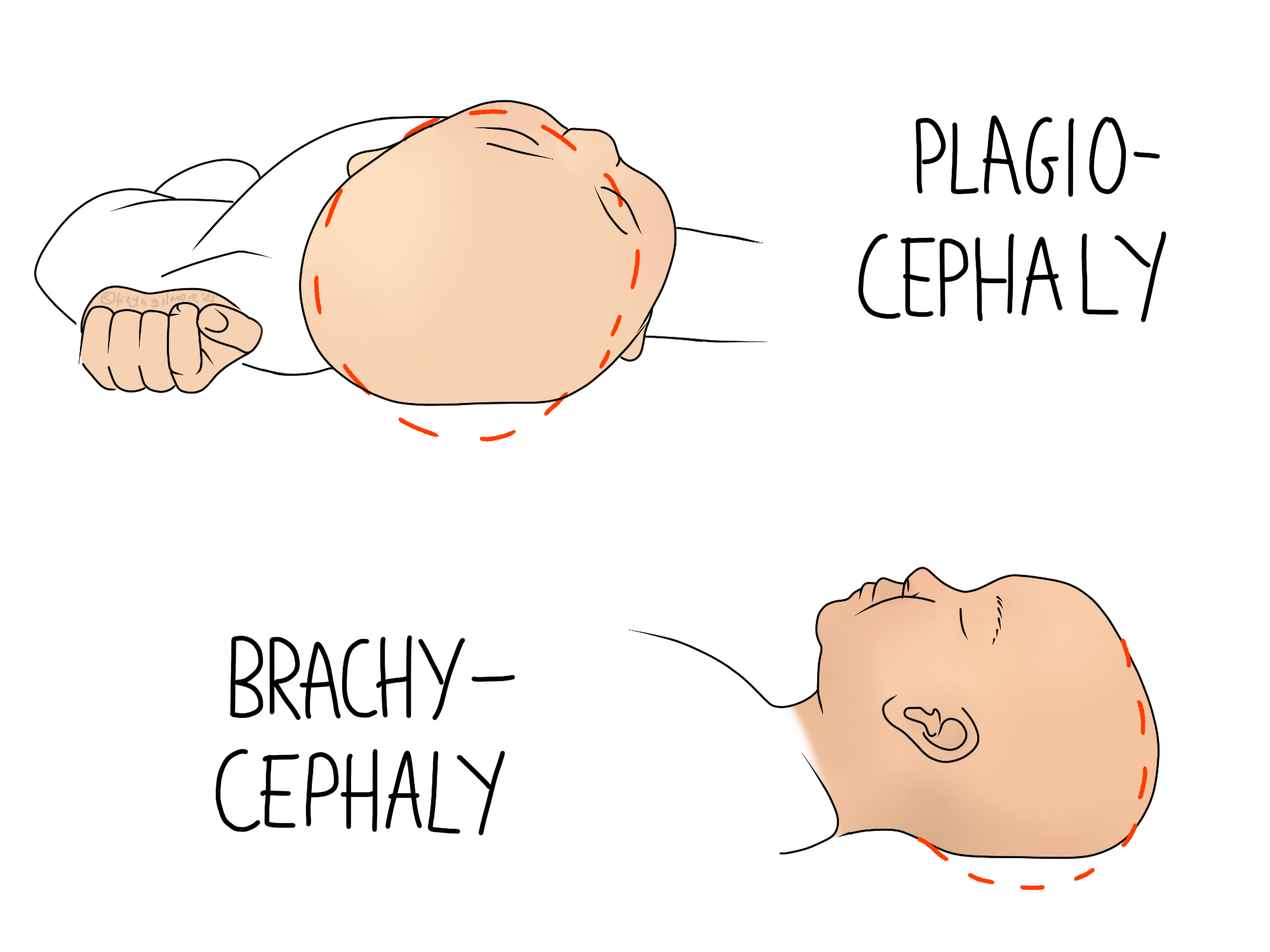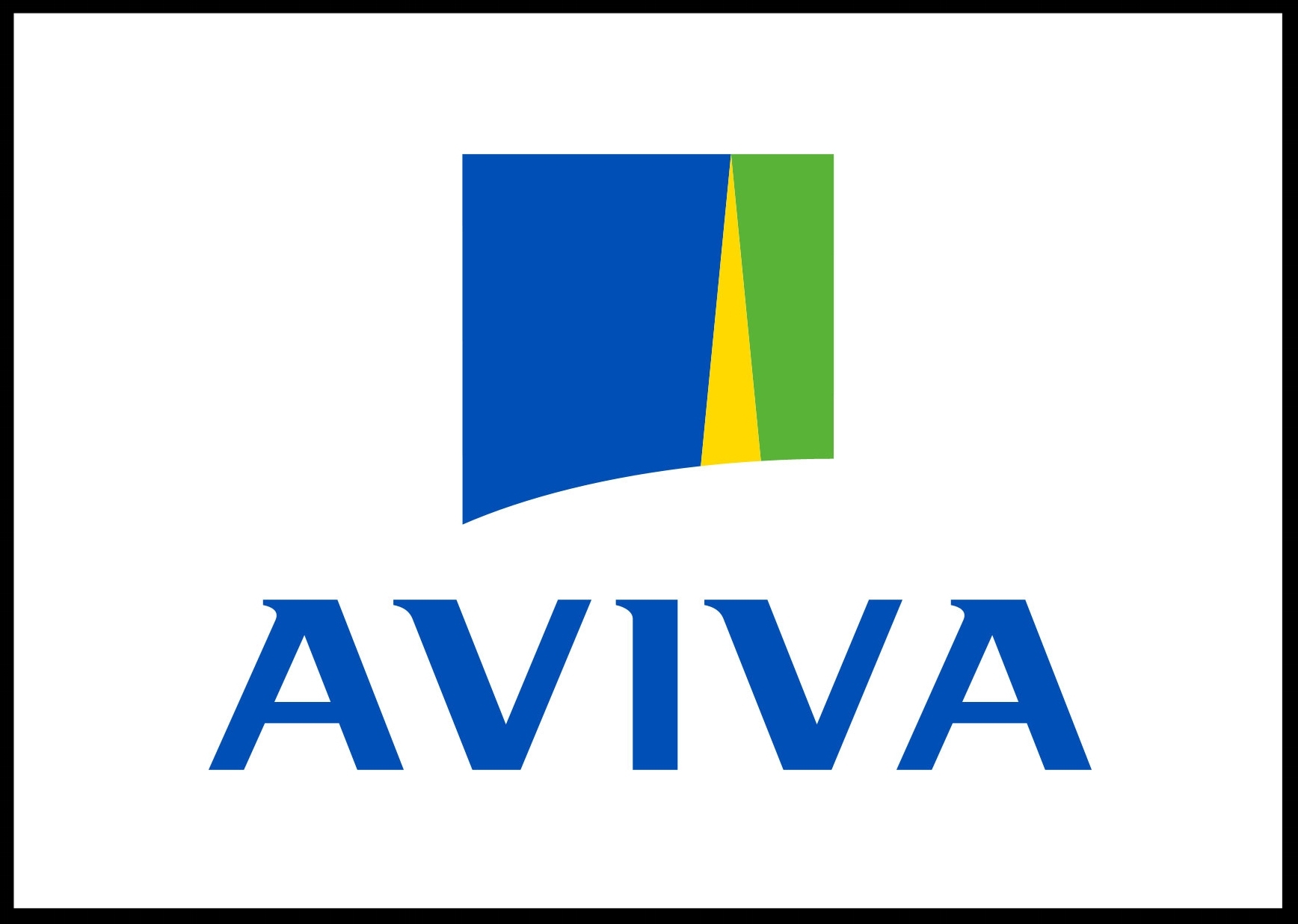Plagiocephaly and Torticollis
How Osteopathy Can Help your Baby
Plagiocephaly refers to a misshapen head in infanthood. This is typically not something that a baby is born with, but develops in the early weeks of life. More specifically, plagiocephaly is when one side of the head becomes more flat than the other. If the back of the head is flatter than normal, it is brachycephaly.
It may coincide with torticollis, where muscles in one side of the neck are tight. This can limit movement, and encourage baby to keep their head turned to one side. As a result, the same side of their head is always in contact with the surface upon which they are laying.
ANATOMY
The skull is made of a number of flat bones, and in adults they are strongly connected by joints known as sutures. Unlike ball-and-socket joints or hinge joints, these are not made for movement. Newborns have a lot of growing to do, so their skull bones are soft and the joints are made of cartilage.
Repeated pressure on one joint or bone will cause a change in shape.
EFFECTS OF PLAGIOCEPHALY
Plagiocephaly is not a painful condition, and in most cases there is no effect on the brain. The NHS recognises that very few children are teased at school due to their head shape- most cases improve on their own over time, and hair will disguise it to some degree.
Research is sparse, but some scientists link plagiocephaly to developmental delays. This study does not clearly identify whether the children in question also had craniosynostosis, which is a more serious cause of plagiocephaly.
Your osteopath will be looking for signs of craniosynostosis. Whereas plagiocephaly and brachycephaly are relatively benign and caused by positioning, craniosynostosis is a rare condition of the joints in the skull. Symptoms can initially be identical to those of plagiocephaly- the head may be asymmetrical or their forehead might be particularly prominent. In craniosynostosis, the joints of the skull fuse early. This is more evident when the baby is slightly older, as their soft spot may become solid before their first birthday. Not all cases need intervention, but more severe ones need to be referred on.
TREATING PLAGIOCEPHALY
More severe cases are typically managed with a helmet. This is a tailor-made device that needs to be worn nearly 24 hours a day to reshape the head. In contrast, the most mild cases might be left to resolve themselves as the head grows and baby becomes more mobile.
It is important not to react to a diagnosis by sacrificing safe sleep. Current guidance is to put your baby to sleep on their back, as this position has the lowest association with infant mortality. Whereas a baby sleeping on their front is more likely to suffer SIDS, a flat head is not life-threatening.
Osteopathy can help if the root cause is tightness in the neck. Some babies are at higher risk of plagiocephaly because of a reluctance to lay on their front. This may be due to reflux, or sometimes a musculoskeletal issue, such as muscle tightness, that we can help with.
You can book an appointment in Naas with our paediatric osteopath here.






